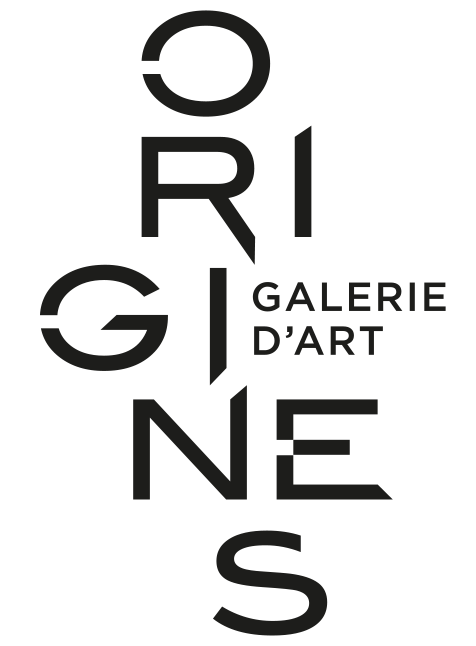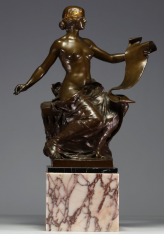BAREAU Georges
BAREAU Georges
Georges Marie Valentin Bareau, known as Georges Bareau, was born on April 11, 1866, in Paimbœuf, Loire-Atlantique, into a modest family, his father being a carpenter. Drawn to sculpture from an early age, he entered the École des Beaux-Arts in Paris, where he studied under the masters Charles Gauthier and Gabriel-Jules Thomas. His early works, exhibited at the Salon of the Société des Artistes Français in 1889, quickly attracted attention.
In 1893, Georges Bareau won a third medal at the Salon, followed the next year by a vermeil medal at the Universal and Colonial Exhibition in Lyon. His talent was further recognized in 1895 with the prestigious Salon Prize. Classified as hors-concours after the Universal Exhibition in Brussels in 1897, his career reached its peak in 1900 when he was awarded a gold medal at the Universal Exhibition in Paris, cementing his status as a leading sculptor of his time.
Bareau's works, known for their finesse and realism, were praised both for their artistic quality and emotional depth. In recognition of his contributions to art, he was promoted to the rank of Officer of the Legion of Honor in December 1906. Although he did not win the commission for the war memorial in Bordeaux in 1920, his numerous public commissions testify to his significance in commemorative sculpture.
Georges Bareau passed away in Nantes on January 4, 1931. Before his death, he bequeathed all of his works to the City of Saint-Nazaire, reflecting his deep connection to his roots. He is buried in the Miséricorde Cemetery in Nantes, leaving behind a lasting artistic legacy.

